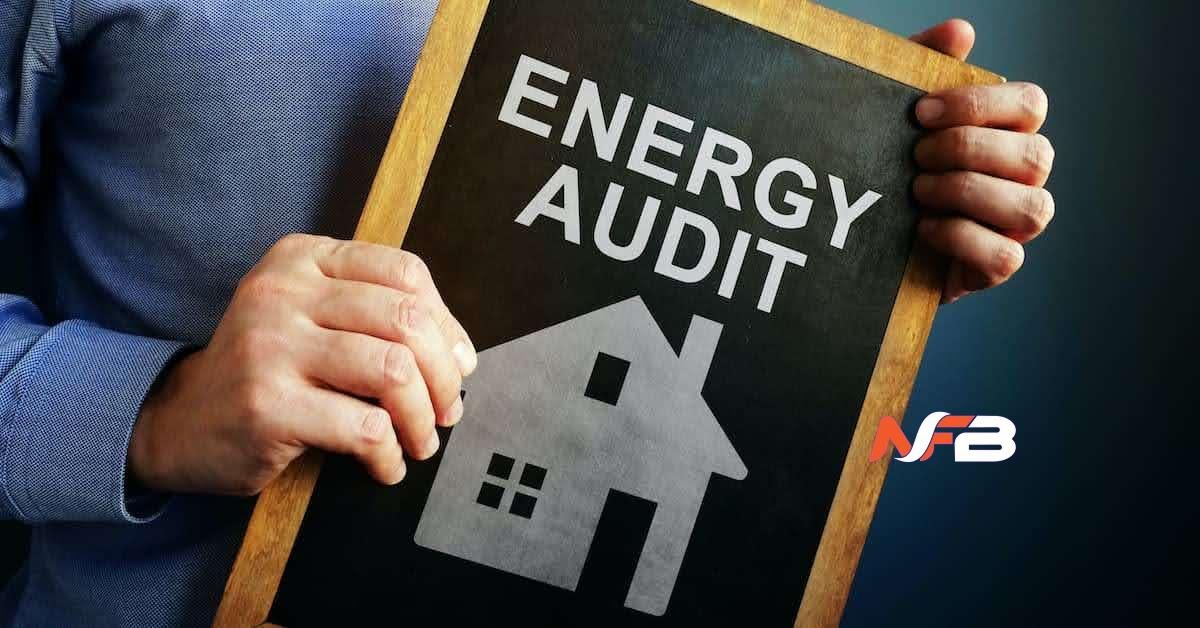Energy audits are necessary for identifying and implementing energy-saving measures in the electromechanical world, which today is focused on the preservation of energy and resources. This paper aims at analyzing the various categories of energy audit, embracing the needs and benefits of the energy audit in residential and commercial buildings.
What is an Energy Audit?
An assessment of energy in a particular building that includes the examination of energy usage patterns is referred to as an energy audits. To identify opportunities for conserving energy as well as to implement efficiency improvements, it involves a careful review and study of Energy Streams. Basically, it aims at minimizing the use of energy while still having the same quality of environment and functionality a building should possess.
Types of Energy Audits
Energy audits can be classify into three main types:
- Preliminary Audit : This type of audit is simple and involves just going through the building and looking for the most obvious signs of wastage of energy. It provides a short overview of potentially suitable energy conservation measures.
- General preliminary audits: are less comprehensive than general audits also called mini-audits. It involves the scrutiny of energy tariffs, a thorough survey of the building and the use of diagnostic tools to identify more specific areas where efficiency can be improved.
- The most comprehensive type of audit: is the investment grade audit. This process presupposes the investigation of energy consumption and quantification with the help of modern devices and tools. The audit provides a detailed report with specific suggestions/measures for energy savings, and accompanying payback periods.
Benefits of Energy Audits
Conducting an energy audit offers numerous benefits:
- Cost savings: A lower use of energy is achieved through energy audits since they identify areas that cause wastage of energy and hence lead to high energy costs. In the long run when the suggested actions are implemented in practice, it is likely that there will be great savings.
- Enhanced Comfort: For instance, energy audits may discover that a building needs more insulation, or that the heating and cooling systems working for the building are inefficient.
- Environmental impact: Conservation of electricity and other energy sources leads to lesser emissions of greenhouse gasses thus promoting environmental conservation. This is especially important bearing in mind the measures that are being undertaken globally in a bid to manage the issue of climate change.
- Enhanced Property Value: It is even market news that buyers and tenants do prefer energy-efficient buildings. By implementing energy saving policies increases the value of a property.
- Compliance and Incentives: Many countries have offered incentives such as tax exemption for use in energy saving items. In order to thus take advantage of above incentives while at the same time ensuring that one complies with the set regulations, one needs to carry out an energy audit.
The Role of Technology in Energy Audits
With the introduction of modern technologies like Gen0, conducting an energy audit today has become more effective. Through the use of Gen0 coral cameras, blower doors, and energy management software, energy auditors can focus strictly on energy use and identify specific opportunities for improvement. By doing so, a building’s energy performance can be optimized, allowing auditors to offer better suggestions within the latest technologies, including those offered by Gen0.
Conclusion
Energy audit is an important key for increasing energy efficiency and reducing energy cost. Energy audits help in the preparation of better comfortable, sustainable, and cost effective structures by identifying energy inefficiencies and offering realistic solutions. An energy audit for either a business or residential property is a step towards a cleaner environment.














Leave a Reply